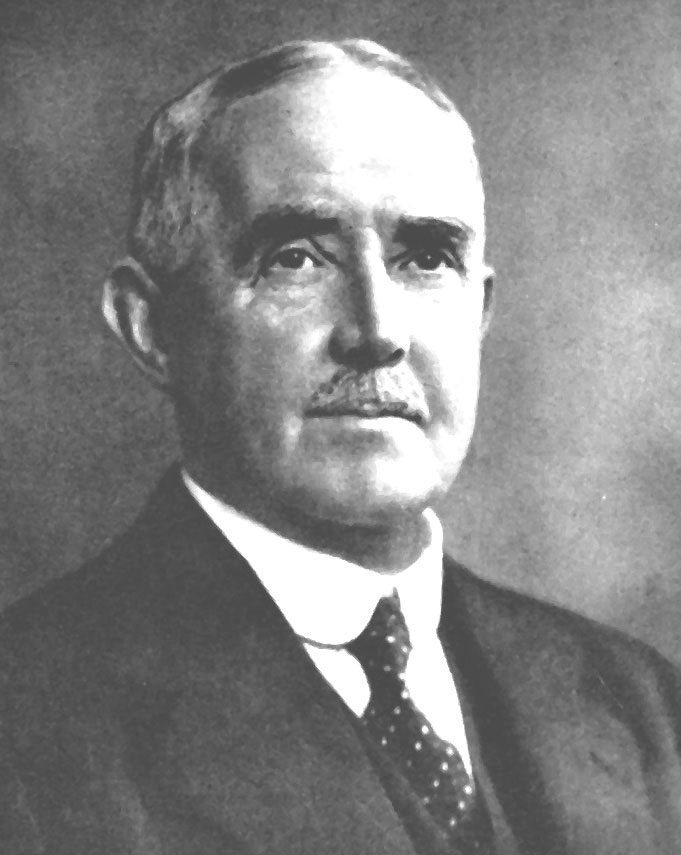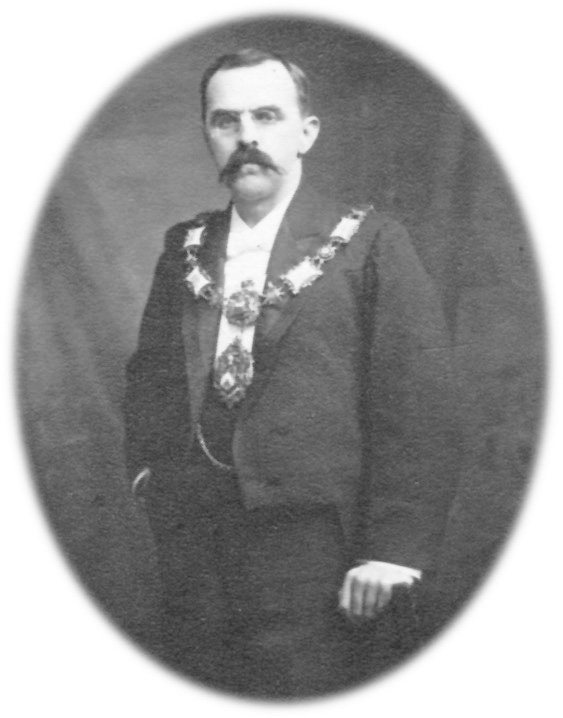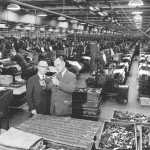Figure 2 – James Nelson
Figure 4 – Formal Group with Amos Nelson (CF) and James Eastwood on his right
Figure 5 – Letter written by James Nelson on behalf of Critchley Armstrong
Figure 6 – Valley Mills showing the Sports Grounds that was built to commemorate James Nelson and the fallen of World War 1 at the top of picture. Doubling Mill on left, Lustrafil bottom right with large central block containing two weaving sheds.
Figure 7 – Weaving Shed of Cross Rod Looms
Figure 8 – Will Shaw
Figure 9 – Joe Nelson MBE
Figure 10 – Ralston Nelson
Figure 11 – Pemberton Nelson MC
Figure 12 – Nelson’s Silk Mill in Lancaster – Nelson’s Acetate in the background
Figure 13 – Nelson’s Acetate Factory in Lancaster
Figure 14 – Gledstone Hall ‘That enormous mansion’
Figure 15 – Amos (CB), James (L), Joe (R), and Gilbert (on Joe’s knee) Nelson
Figure 16 – Amos Nelson
Figure 17 – Mary Driver (Amos’s first wife)
Figure 18 – General Booth (founder of the Salvation Army) visiting Amos Nelson, a life long teetotaler in 1904
Figure 19 – First Page of Lord Snowden’s letter
Figure 20 – Old Gledstone
Figure 21 – Old Gledstone being demolished
Figure 22 – Gledstone Hall seen through its gates which were made by the village blacksmith Walter Hoggart
Figure 23 – Gledstone Hall Sunken Garden, the planting scheme was by Gertrude Jekyll but implemented by William Robinson, Gledstone’s Head Gardener
Figure 24 – Shooting Party on day before Sir Amos’s death. Sir Amos is in the centre, Ralston on Amos’s right and Chris on Ralston’s right


























